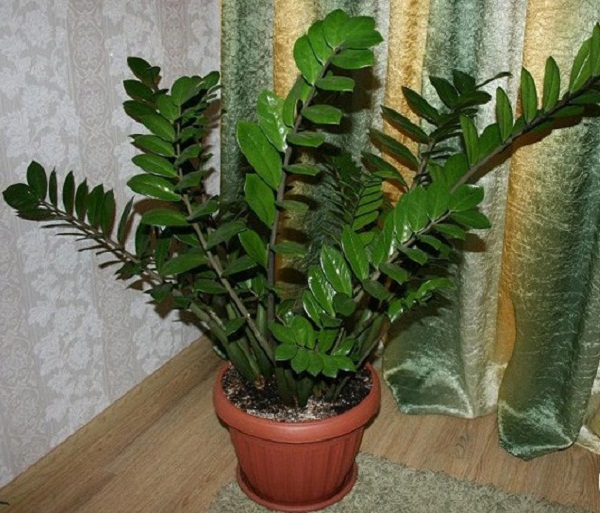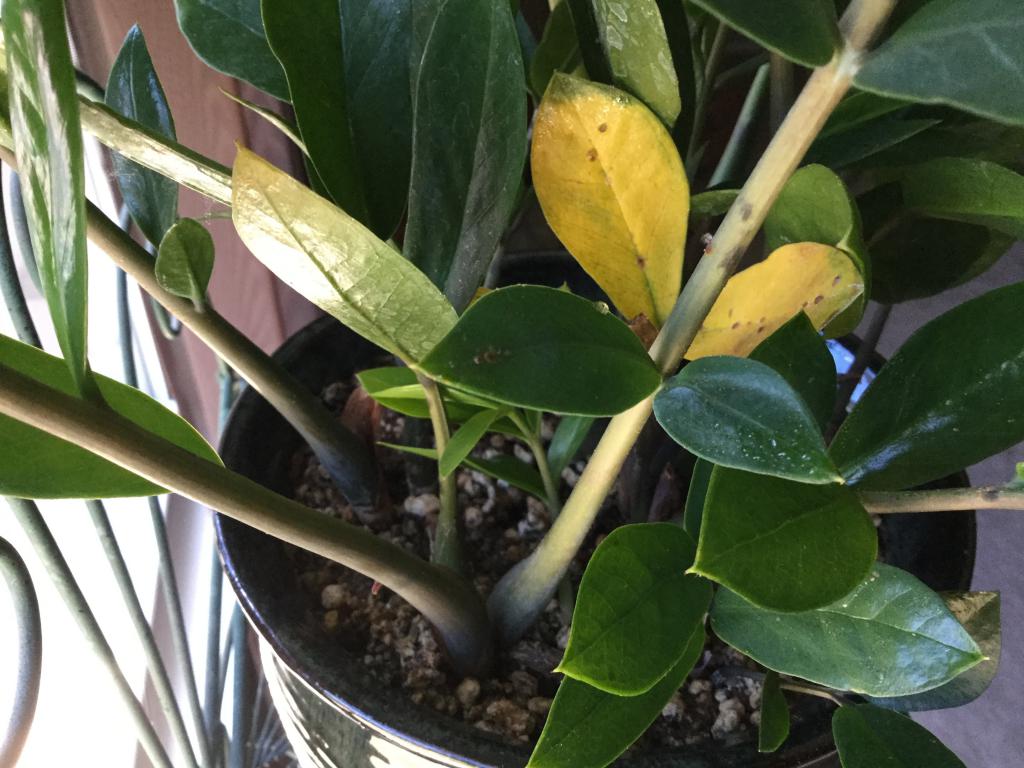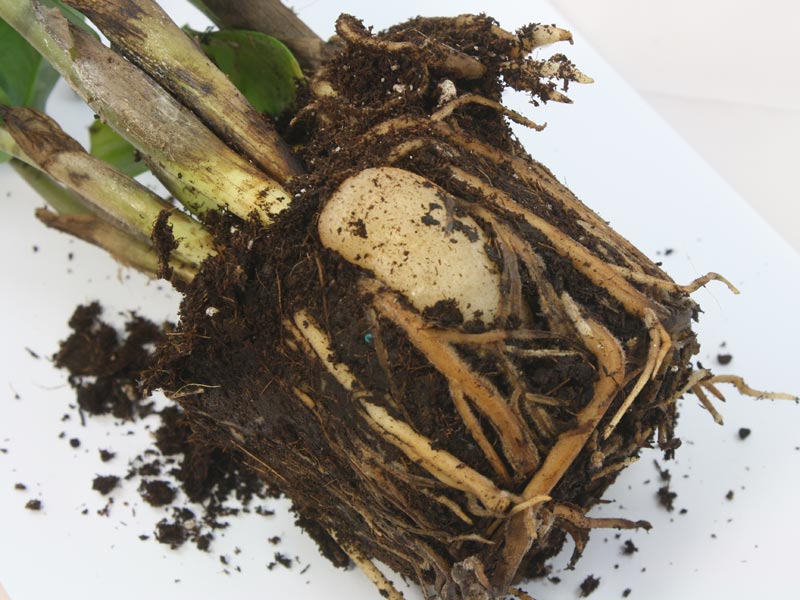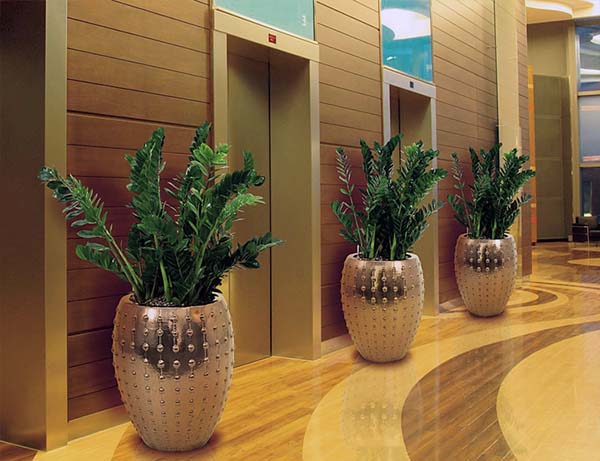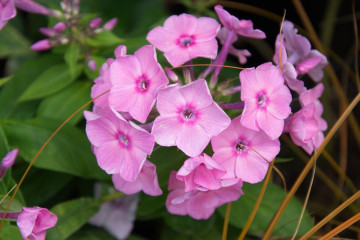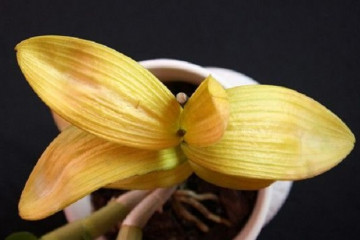At Zamioculcas - leaves turn yellow, cause, diseases
Content:
The culture in question - zamioculcas, belongs to the Aro family. The natural habitat of this plant is African countries with deserts. Grows next to other succulents. All parts of the plant are able to store water, which the flower will use during the dry season. Having spread throughout the world, zamiokulkas perfectly took root at home and received the popular name of the dollar tree. Although it is exotic, it is not demanding in its care. For growing in the house, it is suitable not only for experienced florists, but also for beginners and lovers of exotic crops.
Florists pay attention to the fact that quite often yellow leaves appear on the zamiokulkas bush. Why the leaves of zamioculcas turn yellow, there are several reasons. The first thing that beginner growers need to pay attention to is the natural crop cycle, when the plant changes foliage from time to time. In this case, this is not a massive yellowing, and in this case it is not worth rushing to conclusions about the disease of the plant. Another reason can be improper plant care.
Measures to prevent yellowing of leaves
Naturally yellowed leaves
The phenomenon of yellowed leaves is caused by the growth of new shoots with new young leaves. For this, the plant needs nutrition. The flower cannot support the vital activity of old leaves, the nutrients in the potting soil may not be enough, therefore the leaves on the shoots fade, turn yellow and fall off. In this case, nothing needs to be done. Just accept it as normal.
Improper care
In this case, the following conditions of keeping this plant could be violated:
- Excessive soil moisture is one of the reasons. The flower is drought resistant. There is a tuber in the root system of zamiokulkas, in which the plant accumulates moisture, releasing it in dry times. Therefore, seeing the dried out earth, you should not rush to add water to the flower pot. The tuber will absorb this water and the earth will dry out again.
If you continue to take care of this representative of the African continent at this rate, the tuber will begin to rot from an excess of moisture. The mechanism of obtaining nutrients from the soil by the roots is disrupted, the plant directs all its forces to restore the roots, taking nutrition from the leaves. Hence the yellowing. Often this problem occurs during the cold season, when the plant is dormant. Therefore, watering zamiokulkas at this time should be moderate.
- Violations of the soil composition, scarcity of soil or, conversely, oversaturation with fertilizers are another reason for yellowing of the foliage on the flower stem. It is the excess nitrogen in the soil that causes the appearance of a yellow outline on the petals of the stem.
- The next reason when leaves turn yellow on zamioculcas is a violation of the rules for lighting a flower. The plant may be in direct sunlight causing leaf burns. If the flower is on the sill of a south-facing window, you need to shade it during the hottest hours of summer.Yellow spots from burns that appear on the leaves should be sprayed with a solution of any adapter: epin, zirconium, aloe juice. This will help the zamioculcas to recover.
- Temperature disturbance is another important reason. Zamiokulkas leaves turn yellow if the flower is in a draft, or the temperature changes abruptly and frequently. He needs average temperatures at all stages of the growing season. The best temperature for a flower's life is from +20 to + 25 ° С, in winter - not lower than + 12 ° С
Why zamioculcas does not grow
In addition to yellowing of the leaves, flower growers note that the leaves begin to dry on the stem. This is considered a natural process if these leaves have dried only in the lower part of the plant, and the stems and foliage of the entire flower are elastic.
If massive yellowing is noticed throughout the plant, this is a bad sign, then mistakes have been made in caring for the flower. In this case, the growth of zamiokulkas stops, new shoots do not appear. What should be done in this case to save the plant?
If the stems become soft, this indicates damage or decay of the roots from waterlogging. If dark spots appear on the withering leaves, or they begin to wrinkle, it can be assumed that the plant is affected by rot, which has arisen due to improper soil selection or lack of a drainage layer. The holes that appear on the leaves indicate soil acidification. The flower needs a new fertile land. In all of the above cases, you cannot do without a transplant.
To preserve the flower, the rotten roots are cut off, the remaining ones are washed with warm water, and the trunk of the plant, coming from the tuber, is examined. Disinfection is carried out with a solution of potassium permanganate. The prepared plant is dried during the day, then it is transplanted into a new pot. The flower is not watered for the first week, then watering is carried out once every two weeks. A growth stimulant is added to the water.
How to water zamioculcas
The plant should be watered when the ground is completely dry, plus another 3 days. Zamioculcas does not need frequent watering. A dry land is better for a flower than a marshy one. Enough once a month in a cool time, in the hot summer months, two waterings are enough. Florists give another tip to budding growers. You need to stick a wooden stick into the ground until it stops with the base of the pot. After 15 minutes, remove and determine the moisture level. If the stick is wet, it is not worth watering the plant yet, although the top layer of the earth seems dry.
Why is Zamiokulkas crying
The consequences of abundant watering of the dollar tree are manifested in the appearance of droplets on the leaves of the plant. This phenomenon is called guttation. By releasing moisture through its leaves, zamiokulkas gets rid of excess water. Water from the plant is excreted through the glands - guides. Having found wet leaves, you need to reduce the watering of the flower.
Diseases and treatment
A dollar tree purchased for home cultivation is unlikely to bring prosperity if it is sick and weak. Its diseases begin with improper care: frequent and abundant watering, lack of light, transplantation into heavy clayey and infertile soil.
Therefore, upon discovering the first symptoms of disease or damage by pests, you need to immediately start treating the flower. Over-watering is one of the main problems with the dollar tree and causes rot on the roots. In this case, you need to treat the roots with "Fundazol" or "Maxim". In an advanced version, carry out a plant transplant.
Disease-causing pests
Many growers are concerned that Zamioculkas leaves are starting to change color.On the dollar tree, as on any indoor plant, if the rules of care are not followed, pests such as scale insects, aphids, ticks and mealybugs can settle. The beginning of the yellowing of the flower means that you need to examine it for the appearance of insects on it.
- Shield. If the leaves of the dollar tree become sticky, and there are off-white or brown-black plaques on them, this indicates that the plant is affected by the scabbard. You can remove insects with a soapy solution, wiping the leaves with a sponge soaked in it. For this, alcohol or kerosene soap is used. The next step is to treat the plant and soil with a solution of a suitable insecticide. A good result is obtained by treatment with a low concentration tobacco solution.
- Aphid. This little parasite can be black, gray, or green. Aphids' favorite place is the lower part of the leaf. She feeds on plant sap. If the aphid has been on the leaves for a long time and sucked out the juice from them, they can shrivel and dry out. Rinsing the entire plant with a strong jet of water helps to get the aphids to leave the leaves. A good result is obtained by treatment with ready-made preparations or a solution of nicotine sulfate in a proportion of 1 g of nicotine per 1 liter of soap.
- The spider mite is a small reddish insect. Despite its size, it is dangerous to plants. The tick is able to destroy the plant in a short time and migrate to the next. Fighting him is not easy. Part of its population hides in the ground. It covers the underside of the leaves with a thin, barely visible cobweb. Chemical preparations help to fight spider mites. These include contact acaricides. The safest and most effective are funds based on aversectin and abamectin.
- Mealybug. This pest, like all pests of indoor plants, feeds on their sap. It multiplies on the leaves, leaving sticky secretions on them that prevent air from entering. This disrupts the growth of the plant, leading to deformation of the leaf blade. If the plant is not treated, it will die very quickly. The scale insects are rather large, so they are visible to the naked eye. They can be easily washed off with soapy water. With a protracted process of infection, you need to use insecticides.
After any treatment every other day, the zamioculcas must be thoroughly washed, covering the ground with plastic wrap. Repeat the treatment if necessary.
Plants do not know how to talk, but no one can liven up an apartment better than them. Thanks to zamiokulkas, coziness and warm atmosphere are created in any room. An excellent solution would be to decorate the living room or office with a dollar tree, which is unpretentious in maintenance, attracts money and does not require constant watering.
Video
